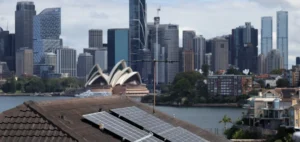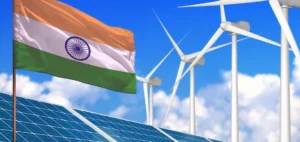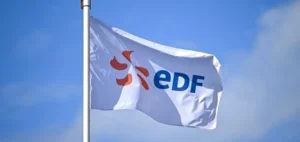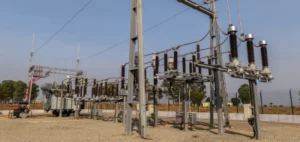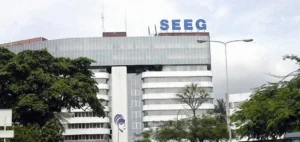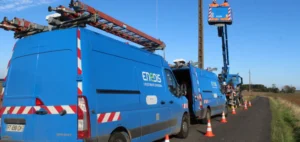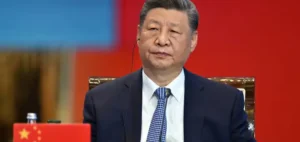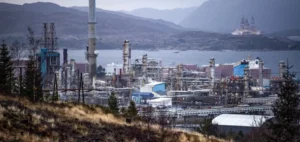The United States Department of Energy (DOE) has announced a $15 billion conditional loan to Pacific Gas & Electric Company (PG&E). This funding, part of the Energy Infrastructure Reinvestment (EIR) program, will support essential projects aimed at transforming California’s energy policy.
Modernizing California’s Energy Infrastructure
The funding will enable PG&E to develop projects that aim to modernize California’s electric grid. These initiatives include expanding hydropower energy capacity, deploying advanced battery energy storage systems, and enhancing transmission infrastructure with innovative technologies.
These investments are designed to address growing electricity demand, strengthen infrastructure resilience, and lower costs for end-users. They also align with strategic objectives for energy transition in compliance with federal and local ambitions.
Impact on Communities and Employment
A key aspect of this loan is PG&E’s commitment to redistributing the benefits to its customers and local communities. In compliance with DOE requirements, PG&E has developed a community benefits plan involving partnerships with local governments, community organizations, and Native American tribes.
Projects will focus on areas identified as disadvantaged using the federal Climate and Economic Justice Screening Tool. This approach includes creating stable, well-paying jobs in regions with significant social and economic needs.
Political and Financial Challenges
This loan comes at a politically sensitive time. With the upcoming transition to the Trump administration, uncertainties loom over the future of funding from the Inflation Reduction Act (IRA). This program, which has unlocked billions for energy transition projects, may face limitations due to future political decisions.
However, conditional loans like PG&E’s are legally protected and cannot be revoked by subsequent administrations. These guarantees ensure ambitious projects remain secure despite shifting political landscapes.
A National Energy Strategy
The DOE continues to support strategic investments in energy infrastructure. To date, over 200 funding requests, totaling $324 billion, are under review.
With this loan, California confirms its central role in transforming national energy policy. These projects strengthen the state’s capacity to address climate challenges while promoting a sustainable and equitable energy transition.



